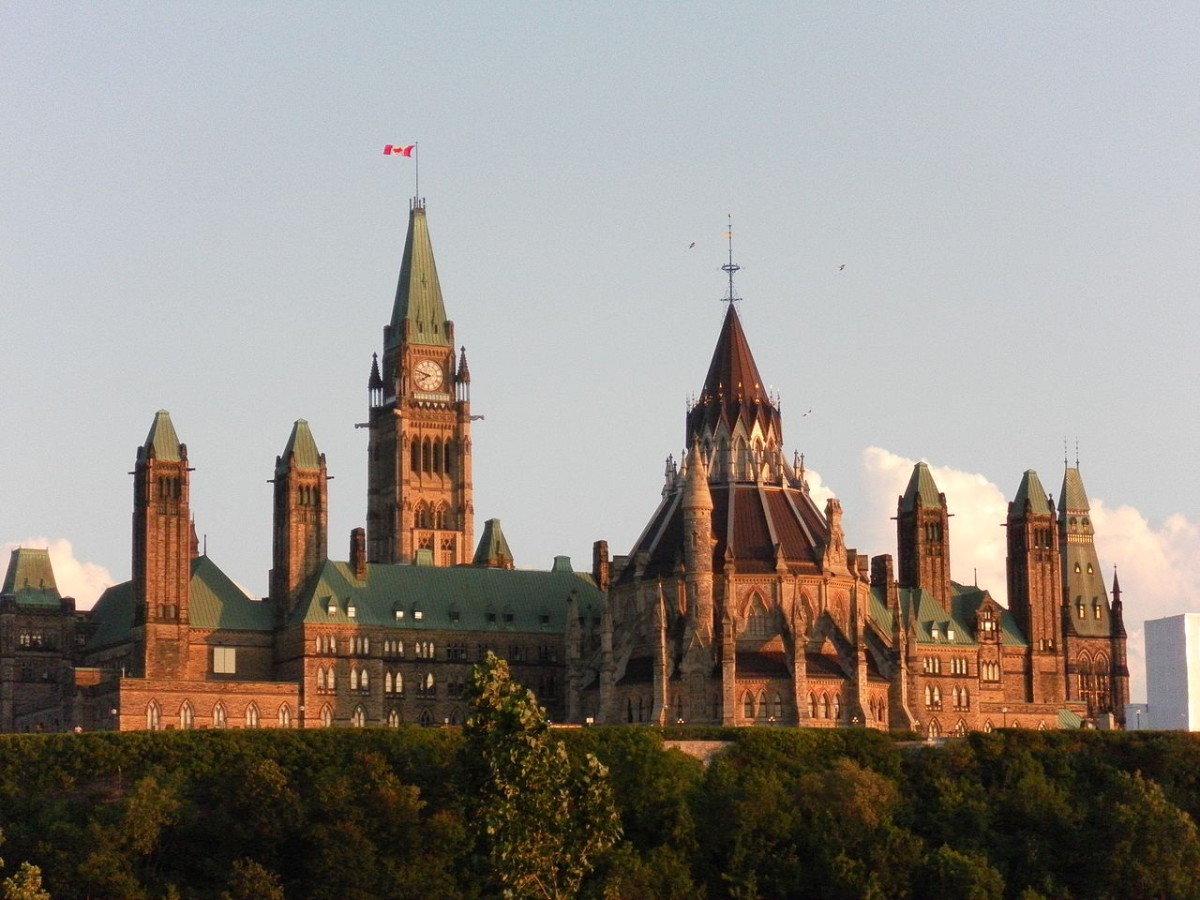It should be made clear that Trudeau still rejects proportional representation—a system where parties get seats based on their vote percentage—and continues to partially blame opposition parties for his own inaction. He still prefers a ranked ballot system—where you number your preferred candidates in order on your ballot—which would not have made “every vote count” as he pledged in 2015. A recent article from NDP MP Matthew Green and Joseph Gubbels showcases Trudeau’s flawed approach to reform.



Add 62 seats to the Parliament to make it a nice 400 seats
Distribute the new seats based on the % of votes each party got to make the results as proportional as possible, they’re distributed to the party leader first (if they didn’t get elected in their riding) then to the candidates with the highest % of vote in their riding.
Ta-fucking-da, no need to change the way people vote, it’s all done behind the scene!
You’re hired!
Isn’t this basically how MMP works?
Most MMP systems have two separate votes, one local, one for a party, but yes it’s a form of MMP but it doesn’t involve changing the way people vote at the moment.
The only positive about this idea is that strictly as a thought experiment you could look back at any given election and see how it would’ve turned out differently. As a real system this doesn’t account for regional representation.
In a certain way it does by over representing districts where the election was close, which can vary every election, but in general all districts are supposed to have about the same number of electors.
The more seats/capita the is the more representative things get so we could keep FPTP and increase the number of seats to make it 80k citizens/districts instead of about 120k as it is now and things would already be much more representative of the population’s will but it wouldn’t account for minor parties getting enough votes at the national level that they should have seats (like my suggestion does).
That’s not really what I meant. Most of the similar proposed proportional systems break down the proportional “evening out” to provinces or smaller regions. Theoretically (although extremely unlikely) if the Bloq lost with 50%-1 votes in every riding they’d have about 12.5% of the overall vote with 0 seats. They’d get 50 of the 62 seats regardless of anything else that happens anywhere else in the country.
Bloc, not Bloq.
If that means they get a proportional representation of their party based on the number of Canadians that voted for them, I don’t see the issue, it’s the federal election, using a purely proportional system it would be based on the vote of Canadians as a whole, so yes the Bloc could end up with more seats than they traditionally get with FPTP. That’s why you do it for the whole country instead of creating more disproportion like you can see with Quebec getting a higher % of seats than its population should let it have.
Distributing it based on who was the closest to winning their seat also removes the power from the parties to choose who gets the extra seats, it also increases the odds that seats will swing during the next election because people are now represented by two MPs, so the alternative have a chance to prove they’re the better candidate.